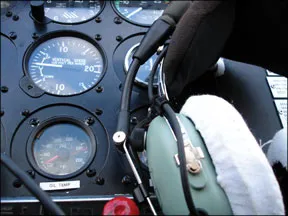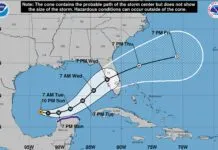Unless youve been living under a rock since mid-January, you have at least a passing familiarity with the January 15, 2009, water landing in the Hudson River. US Airways Flight 1549, an Airbus A320 departing New Yorks LaGuardia for Charlotte, N.C., apparently suffered multiple bird strikes, disabling both engines. The crew, admirably, ditched the airplane in the Hudson River with no loss of life and only one injury.

288
The popular media labeled the flights captain, Chesley B. “Sully” Sullenberger, a hero for successfully handling the emergency. Almost completely ignored were the team efforts of Sullenbergers crew, including First Officer Jeffrey B. Skiles, who was flying the takeoff and departure, and the three flight attendants, who successfully prepared and evacuated the cabin.
The outcome would not have been nearly so favorable if the crew hadnt been properly trained and prepared. Instead of labeling Flight 1549 a miracle and its captain a hero, we all should use this event as a teaching episode and wonder how things might have turned out if the crew hadnt been prepared.
As it happens, we already planned to run a ditching article this month (honest!) by someone whos been there and done that. Starting on page 16, aviation writer Amy Laboda relates the story of the June 2001 ditching of her Cessna 210-with all six seats filled-shortly after takeoff from Key West, Fla. That everyone got out immediately was a testament to her preparation and passenger briefings. Still, there are a few things shed do differently and…well, you should read the article.
Finally, as we were sorting through recent entries in the NTSBs database, we came across an incident-not an accident-involving the scheduled Part 135 operation of a Cessna 402, which departed Key West on January 22, with Fort Myers, Fla., as its destination.
Soon after departure, it became apparent there was a problem getting fuel to the engines. Eventually, both quit from fuel starvation at 4000 feet over southwest Florida. The pilot managed to deadstick his twin-engine glider-and his six passengers-onto a nearby airport and even had enough energy to stop on a taxiway. (For a summary of the NTSB preliminary report, see page 28.)
In any such event, a little bit of luck helps. Amy, Captain Sullenberger and our 402 pilot had good weather. Amy and Sullenberger also had calm water and rescuers in close proximity. But the skills called upon to safely land their airplanes in one piece, along with the training and preparation to egress, cant be discounted. In the Cessna 402 incident, it appears some outstanding airplane handling and energy management were brought to bear.
In all three instances, the pilots brought their A game to the task. And for us, thats really the most important lesson to be learned.




